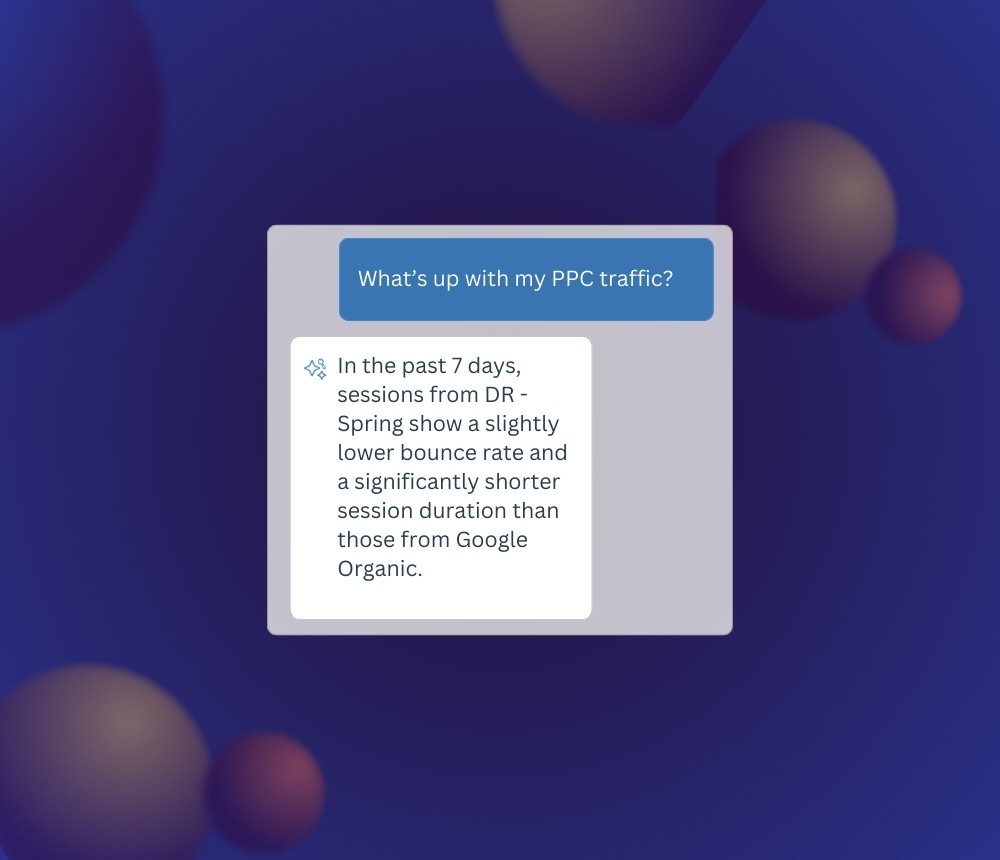How to use surveys to boost your conversion rate

Surveys are an incredibly helpful tool for learning about customers and unlocking your potential. They provide tangible insights that are difficult to obtain otherwise and aid you in taking a systematic approach to figuring out why leads aren’t converting.
Analytics and insights aren’t the same. Analytics can tell you website visitors are bouncing or even at which stage of the conversion funnel they leave you, but they won’t tell you why. That’s where surveys come in handy.
There are a few ways to develop hypotheses about non-converting leads, but directly asking website visitors is the best one. On-site surveys allow you to ask customers why they aren’t converting, and you can use this qualitative data to change your web design, update your customer rate optimization tech, and much more.
Surveys can be used at any point in the customer journey. They help strengthen loyalty and consumer confidence, facilitate upselling and cross-selling efforts, and can provide detailed feedback about your website, product, or service.
For customers who’ve converted and are now at the end of the funnel, surveys coupled with customer service analytics can improve customer retention rates too.
Demand generation can be positively impacted if you do your surveys right. Set SMART (specific, measurable, achievable, realistic, and timed) goals and use them in the four ways below to gain valuable insights from your leads at every stage in the funnel, from awareness through to conversion.
1. Awareness: Use surveys to identify leads
Once you have prospects’ contact information, you can use surveys to find out who’s ready to buy and who needs a bit of nurturing before they commit. For contacts who’ve demonstrated intent by filling out a lead form on your website, reach out by email and request they fill out a two-minute survey.
This survey could help you identify potential customers by asking about their intent and/or budget. Show your prospects you care about their experience and make it clear that, by answering your questions, you can create a more tailored product page experience for them and point them in the direction of the perfect option.
Perhaps you can also improve on your products and service once you’ve identified the gaps between what you provide and what your customers want.
You can conduct surveys on the phone as well as by email. Take advantage of the best small business answering services and use your call center staff to conduct surveys over the phone. This provides a more personal experience than messaging your leads.
2. Engagement: Use surveys to improve your content
Once you’ve identified and qualified your leads, use surveys to improve your content and stay on top of industry trends. Your web content can be markedly improved by listening to and applying customer feedback.
Perhaps you’ve funneled everyone into a generic nurturing program. If so, surveys can help you gain insights that allow you to better personalize this so prospects remain engaged. Survey responses can also assist you with segmenting leads and funneling them into appropriate streams based on their responses.
At this point, ask questions about how they stay up to date with industry trends and what topics they’d like to learn more about. This way, you can strategize your content to meet their expectations. A digital marketing provider can help optimize this content for search engines and social media.
This means you’ll be producing content your target market wants and that’s easily accessible to them.

3. Desire: Use surveys to find customer pain points
Once you’re creating the right content and qualifying your leads, what’s stopping your conversion rate from going through the roof? Why are your prospects not converting? You can use insights from surveys to find out.
Ask your prospective customers about their biggest pain points, in general, and in relation to your products. Once you know what makes their lives difficult, you can develop the right marketing content to engage them and also to convince them to buy your product or service.
Whatever you’re producing, if there’s no market demand for it, it won’t sell. Surveys can help you find out if you have the right product and if it fulfills a purpose. Once you have firsthand information from your target audience, you can either change to meet market demand or create a marketing strategy to incite desire.
4. Lead conversion: Increase customer satisfaction
It took a while to get here, but all that effort wasn’t so you could make one measly sale. Whether you have an e-commerce website or app, you need to continue delighting your customers, because retention costs less than acquisition.
To reduce your churn rate, ask your customers how you could improve their experience. They will have gone through multiple touchpoints and interactions during their progression through the sales funnel. Insights from those at the end of it can help you optimize the process.
Say you develop apps. While you seem to be doing well and people are buying, your app retention rate isn’t great and you can’t figure out why you can’t sustain customers. Use surveys to figure out the reasons and use the insights gained to change your game plan.
In your quest to turn your customers into your biggest brand advocates, ask if they would recommend you to a friend or colleague. Include happy customers in a referral campaign so you can use their testimonials as social proof. You can help unhappy customers by alerting the customer service team and using their responses to ensure their experience isn’t repeated.
Customer service AI tools like chatbots are great at asking these questions and also improve customer engagement and contentment. For customers at the end of the funnel, a survey requesting feedback is important because it proves you care about their opinions and satisfaction. That alone may be enough to earn their loyalty and custom in the future.




